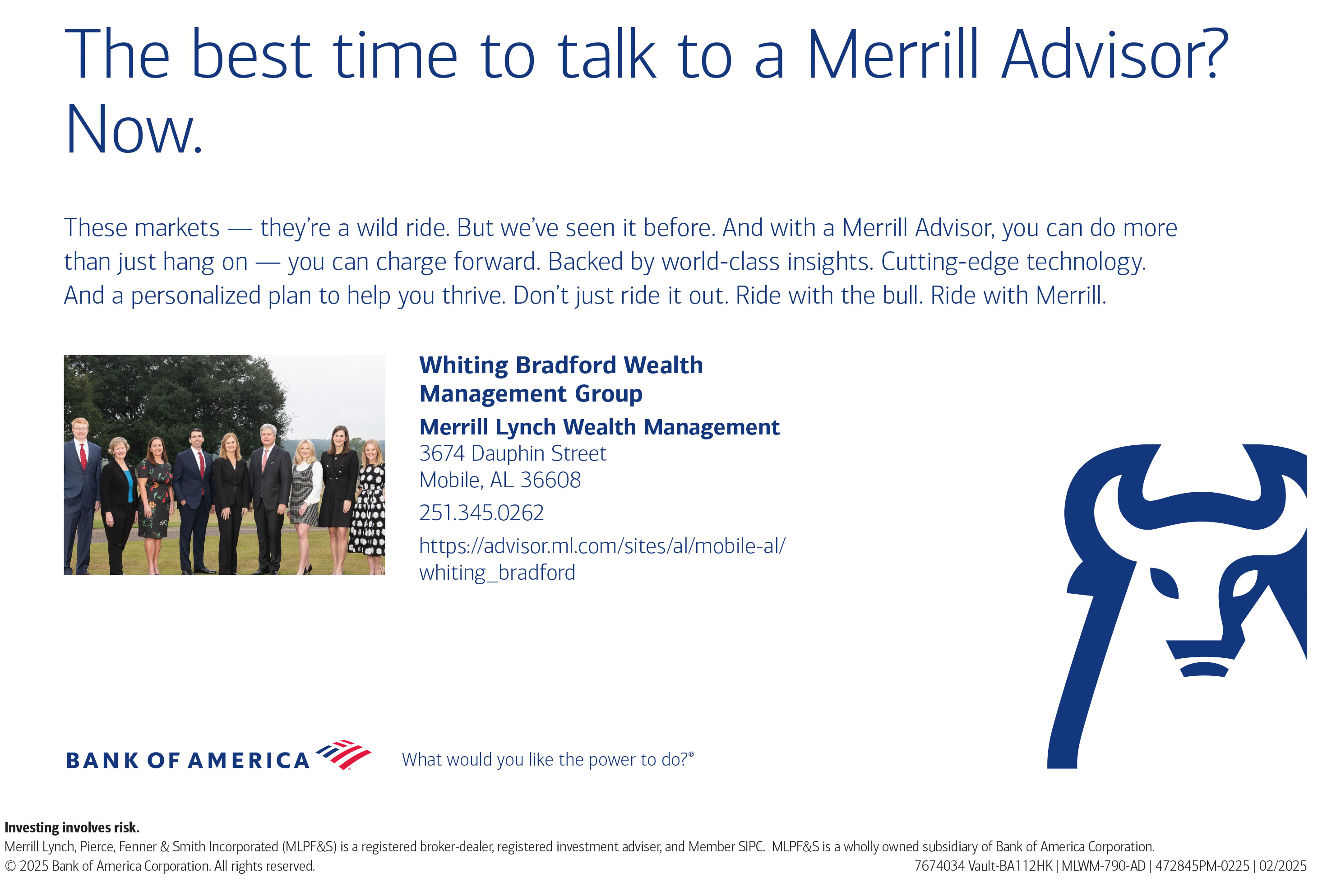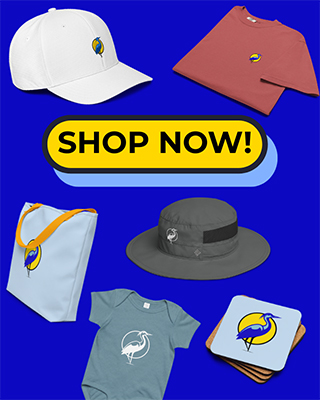
Full disclosure, Raine Bedsole is one of our closest friends and she is also an extraordinary artist. She was recently selected as one of 9 artists out of more than 250 applicants to complete a sculpture to be placed in The Underwater Museum of Art, less than a mile from the sugar-white sands of Grayton Beach, Florida.

The sculpture park is a collaboration between Visit South Walton, the Cultural Arts Alliance, and the South Walton Artificial Reef Alliance. This sixth installation of nine new sculptures will bring the total to 50 and will create a biological replenishment and protective marine habitat where one did not exist before.
Divers who wish to visit the site can take a dive boat .93 miles off the coast of Grayton Beach State Park. You can book an excursion at Dive 30-A to explore this unique sculpture park. There, you will find schools of baitfish, grouper, sea turtles, and even dolphins in 60 feet of water.
Raine was born in Mobile and attended St. Paul’s Episcopal School before earning her degree in Fine Art at Auburn. After college, she worked out of her studio in a home she owned in Mullet Point on Mobile Bay. She would put metal structures in the Bay and wait for barnacles and marine life to attach.
Then, she would retrieve the structure and make art from the natural materials. This started her evolution from painting to more sculptural art. Her first solo exhibition was in Nashville at Cumberland Gallery. Three years after graduating from Auburn, Raine moved to San Francisco to earn her Masters at the San Francisco Institute of Fine Art.
While there, she taught art to adults at the University of California, Berkley, as well as the Art Collective at Fort Mason. She returned to her home in Mullet Point three years later and began teaching kids at the Whiting Gallery (ESAC) in Fairhope and was a framer at Page & Palette. “I was making a lot of art to sell at festivals in South Florida, and my evolution towards sculpture continued.”
After a freeze at her mother’s farm, she took the large elephant ears that had succumbed and fashioned her first “boat sculpture,” which became a unique and coveted art expression for collectors and museums.
On another occasion while at her family farm in Clark County, north of Mobile, Raine recalls seeing the Fall webworms' large webs in the pecan trees and was inspired to craft a small metal form, and repeatedly roll the sticky webs around the structure. A year later, her creations were shown in a gallery in New Orleans and she decided to make her home there. Still evolving, she was using natural materials to make collages and using wood for her paintings instead of canvas.
“I like physical art and materials. I moved to metal and took a welding course at Delgado Community College. There, I discovered the magic of putting things together instantly that stayed permanently.”
She tells a funny story about her fellow welding classmates. “In New Orleans, I was constantly called for jury duty for some reason, possibly because I was on the voting register twice. My first time serving, three of my classmates were also there. Strange coincidence!”
Raine says for an artist, getting the first show in a gallery is the hardest thing. After Nashville, she had exhibitions all over the country. Her work is in the collections of the Mobile Museum of Art, the South Carolina Museum of Art, and the New Orleans Museum of Art. She was a Visiting Artist for a month at the American Academy of Rome, and a Visiting Teacher at Kent State University in Ohio.
I asked Raine about the life of an artist and how she stays motivated. “I see art as a journey through the elements. Fire was my youth and passion stage. Earth was having and raising kids. Water was freedom and living an open life. Air, that’s the last stage to come.”
What do you want people to see in your art? “Something happens in the process of making art. It creates an energy that resonates within me, like a tuning fork vibration that inspires me, and connects with other people.” She tells me she has many pieces of art made by other artists in her home, and when she looks at them, it changes her perspective and inspires her to create.
“I like early mornings when it’s quiet. I have peaceful thoughts and ideas and then I turn them into something. I also like working at night when there’s not so much static in the air or things to distract.”

After Hurricane Katrina, Raine began getting commissions for large public art. She works with foundries in New Mexico and Oklahoma to create sculptures from maquettes that are then cast in pieces and welded together on-site or cast in bronze.
Nomad is a sculpture she created for the Helis Foundation in New Orleans. It features branches that form a ladder rising to a vessel in the air. “It is about the journey we are each on and the inspiration to keep climbing.”
Raine has held a show at the Callan Contemporary Gallery in New Orleans every other year for quite some time. The next show is in October. I asked if that was stressful, knowing you have to create a new presentation. “It is, but I need deadlines.”

She tells me that galleries need to know that artists are serious and will complete a series on time for a show. “I work hard and they know I’m going to finish the work.” She then tells me a funny story when she was a graduate student in San Francisco.
“There was this guy who quit his job as an engineer and decided he was going to pursue his art. We had a really tough teacher with a strong Slavic accent. After the first class, when he had to present his work, she held up this guy’s painting and asked, “Who made this painting?” When he raised his hand, she said, “What do you plan to do with the rest of your life, make these stupid f-ing paintings?” Ouch… the life of an artist can be brutal.
But not for Raine. She and her husband, Duke spend time between Grayton Beach, where they moved during COVID, New Orleans, where they have a loft, and Mobile and the family farm in Gosport, near Monroeville.
After attending a celebration by the Cultural Art Alliance in Santa Rosa Beach, she found out about the call for new sculptures to be added to the Underwater Museum of Art and applied. She received the notice that she had been selected in December and needed to have the work completed by April of this year.
She went to work and was advised by the nice folks at Frank’s Cash and Carry Hardware store around the corner from her house in Grayton Beach, on how to work with concrete. Each sculpture must weigh at least 500 lbs and be delivered to Walter Marine/Reefmaker in Orange Beach. There, a base will be added to ensure it will remain upright when placed in the Underwater Museum of Art.
Raine, who has been diving all her life, and Duke visited the Coral Reef Restoration project in Key Largo last year. “They are growing new coral by hanging it on trees underwater and then adhering it to the coral reefs that have died in hopes that they will make a comeback,” she tells me. “The water temperature is too high and the coral is dying, but these people are giving the reefs new life.”
This was part of her inspiration for applying for the Underwater Museum of Art. Plus, it's literally in her back yard and she and Duke can kayak out to see it. “The piece I’m sculpting is called Reef Goddess and will be 4’ by 4’ wide and rise 9 feet from the floor with raindrops cut out so fish can swim through it. I can't wait to see it all covered in algae and becoming a reef.”
You can find Raine’s work at Callan Contemporary Gallery on the sculpture corridor on Poydras St. in New Orleans, and one of her boat sculptures is appropriately displayed at the entrance to the new Federal Courthouse building in Mobile. (Probably due to her years of service on Jury Duty!) See all of Raine’s art at https://www.rainebedsole.com.
Thank you, Raine. That was fun!

























